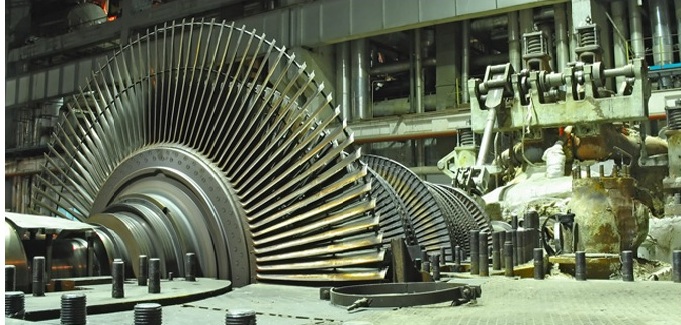Bearing Friction
Torque required to put a bearing into motion from rest is usually higher than that required to keep the bearing running once it starts. Starting friction, therefore, has an important influence on the power required in a bearing drive system.
Externally pressurized bearings have very low starting torque. Roller bearings have a low starting torque and underpressurized sleeve (fluid-film) bearings have substantially higher starting torque. The coefficient of friction at start-up for self-lubricated bearings is highly variable. It may range from 0.04 to 0.16.
The fluid-film bearing has a high starting torque because it passes through boundary lubrication stages as it comes up to speed. Once running under a hydrodynamic film, the fluid-film bearing exhibits friction characteristics comparable to a rolling-element bearing.
At running speed, the externally pressurized bearing runs with low friction. Friction in a self-lubricating sleeve bearing is quite variable depending upon the application.
Running friction for a rolling-element bearing is lower than its starting friction. If torque characteristics are critical to a bearing design, starting and running frictional characteristics should be measured experimentally.
When a bearing must be started repeatedly under heavy load, rolling-element bearings offer a better choice than sleeve bearings. When the increased complexity is acceptable, an externally pressurized (hydrostatic) bearing is the best choice. When starting load is light and load increases gradually with speed, the conventional hydrodynamic sleeve bearing usually is preferred.
The frictional properties of any plain bearing depend on the lubrication system. Either hydrodynamic or hydrostatic lubrication can provide low friction. A gas bearing offers the lowest friction levels.
Friction in hydrodynamic and hydrostatic bearings is a function of lubricant viscosity and shear rate. Shear rate increases with increasing rotational speed and decreasing film thickness. Friction coefficient is generally below 0.001.
Self-lubricated bearings vary widely. It is difficult to predict performance for a given bearing / lubricant system. The range of coefficients of friction is 0.01 to 0.10 for boundary lubrication and 0.01 to 0.3 for self-lubrication.
Caution must be used when applying friction coefficient handbook data. Conditions under which the values were measured should be known and duplicated in the application. Coefficient of friction tends to increase with increasing surface roughness, dryness, and cleanliness of surfaces, and decreasing temperature.
